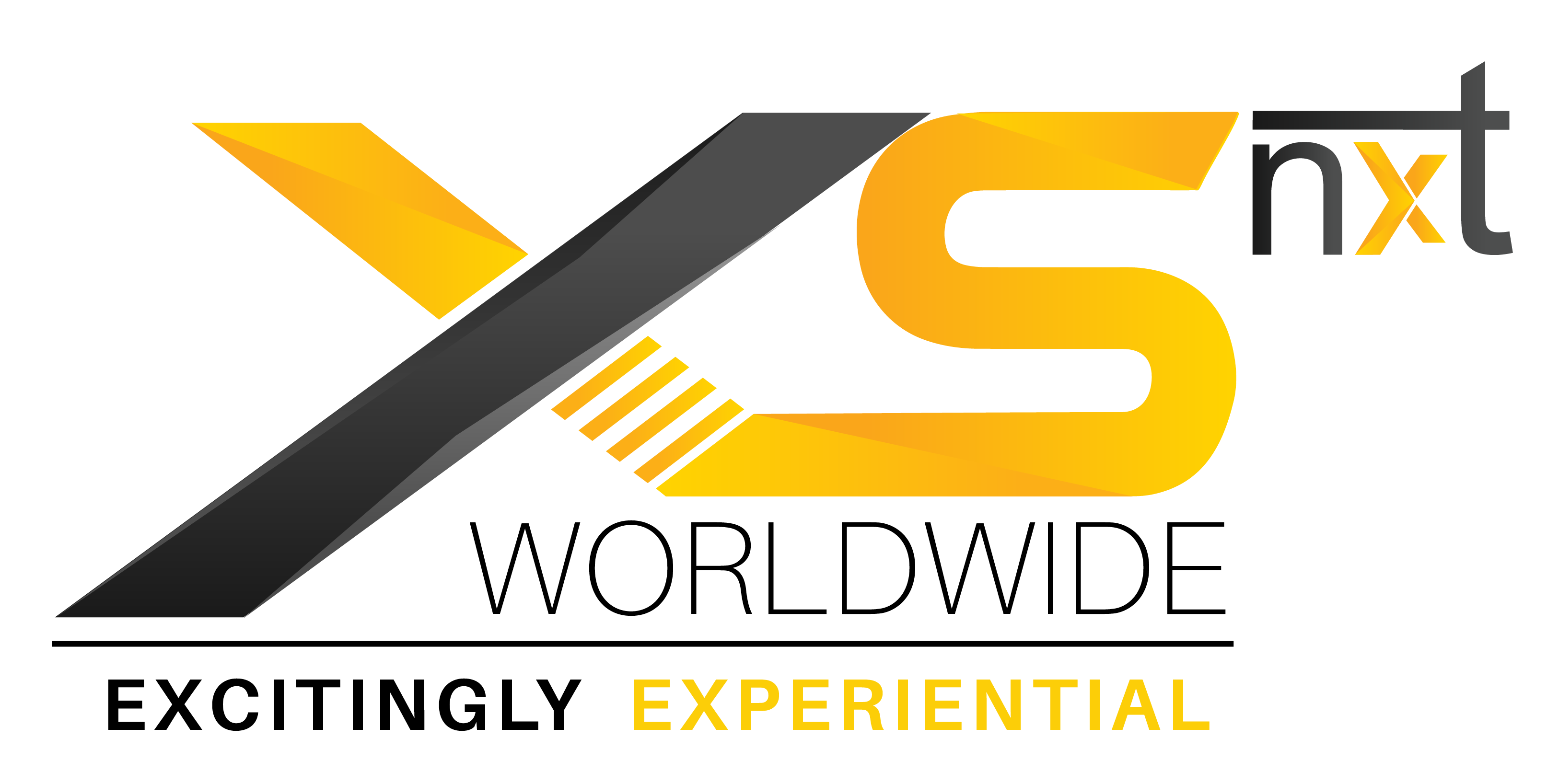
In the ever-evolving landscape of trade show exhibits, the role of booth staff in engaging attendees and driving interactions has long been paramount. However, with the rise of artificial intelligence (AI) chatbots, there is a growing debate over whether these digital assistants can effectively replace human booth staff.
In this article, we’ll explore the pros and cons of using AI chatbots in trade show booth designs and whether they should completely replace human interaction.
The Rise of AI Chatbots:
AI chatbots have become increasingly sophisticated in recent years, capable of understanding natural language, answering questions, and even engaging in personalized conversations with users. For trade show booth designs, AI chatbots offer several potential benefits, including:
- 24/7 Availability: Unlike human booth staff who require breaks and rest periods, AI chatbots can operate 24/7, ensuring that attendees always have access to information and assistance whenever they visit the booth.
- Scalability: AI chatbots can handle multiple interactions simultaneously, allowing them to scale effortlessly to accommodate high volumes of attendees without the need for additional staffing resources.
- Consistency: AI chatbots deliver consistent messaging and responses, eliminating the variability that can occur with human interactions and ensuring that all attendees receive accurate information.
- Data Collection: AI chatbots can collect valuable data on attendee interactions, preferences, and frequently asked questions, providing insights that can inform future marketing and sales strategies.
The Human Touch:
While AI chatbots offer undeniable benefits, there are also limitations to their capabilities, particularly when it comes to the nuanced interactions and emotional connections that human booth staff can provide. Some considerations include:
- Empathy and Understanding: Human booth staff excel at building rapport, understanding attendee needs, and providing empathetic support, qualities that are difficult for AI chatbots to replicate convincingly.
- Complex Queries: AI chatbots may struggle to handle complex or nuanced queries that require contextual understanding or emotional intelligence, leading to frustration or dissatisfaction among attendees.
- Creativity and Adaptability: Human booth staff can adapt to unexpected situations, think creatively on their feet, and tailor their interactions to the unique preferences and personalities of individual attendees.
- Brand Representation: Human booth staff are the face of your brand, embodying its values, personality, and ethos in every interaction. Building genuine connections with attendees requires authenticity and human connection, qualities that AI chatbots may lack.
Finding the Balance:
Ultimately, the decision to use AI chatbots in trade show booth designs should be guided by the specific goals, audience demographics, and budget constraints of each event. While AI chatbots can offer efficiency, scalability, and data insights, they should complement rather than replace human interaction. Striking the right balance between AI technology and human engagement is key to creating a booth experience that is both efficient and emotionally resonant for attendees.
In conclusion, while AI chatbots hold promise for enhancing efficiency and scalability in trade show booths, they cannot fully replace the nuanced interactions and emotional connections that human booth staff provide. By leveraging the strengths of both AI technology and human expertise, brands can create a booth experience that combines the convenience of automation with the authenticity of human connection, ultimately driving meaningful engagement and relationship-building with attendees.


 Global
Global Europe
Europe